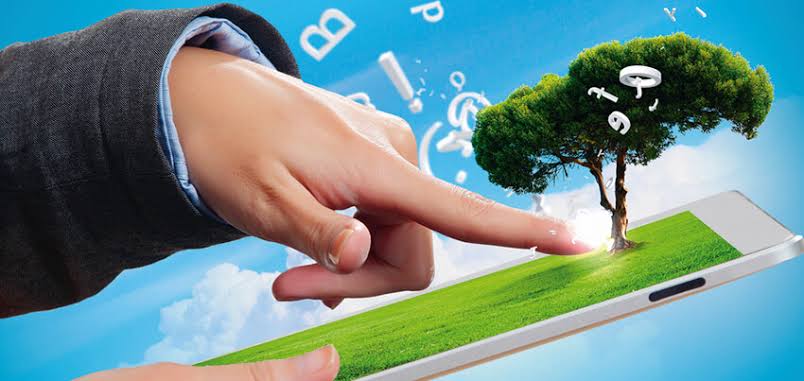The industrial era was characterized by the accumulation of capital and physical property, on the other hand, in the new post-industrial era or the third wave, it is the intangible forms of power that are presented in information packages and intellectual assets. So the physical nature of the economy is reduced, dematerializing in a hyperconnected and intelligent world.
During most of the history of mankind the pace of innovations was slow, however, since the Second World War, the use and development of technology has experienced exponential growth. Companies, organizations and individuals who have been able to integrate, adapt and use these new technologies are benefiting from what such tools can achieve. The technological revolution must not in itself be an end but a means.
However, Information and Communication Technologies (ICT) can be an ally in the fight against climate change through processes called Green Technologies, which are part of the concept of green economy as a context of sustainable development, according to the final document de RÃo + 20. This work will detail the incidence of information technology in the different areas and will describe, in general terms, each of the ecological information technology methods and products.
According to a report by technology analysts at McKensey, communication technologies are responsible for 2.9% of global carbon dioxide emissions, projecting, by 2020, that this figure could rise to 3%. .
Technology can help reduce much of the pollution with the tools it has. The problem may be part of the solution and could contribute to the reduction of 7.8 gigatonnes of greenhouse gases annually, which would be the equivalent of around 15% of current global emissions and five times more than those generated by them technologies by 2020.
The term green computing, also known as Green IT, is referred to interchangeably as green technology or green computing, from the French L’Informatique Verte. It can be defined as a set of methods that reduce the computer impact on the environment and even consider the recycling of many of the components used in these processes, allowing other people to continue to benefit from these technologies.
Green TI is the study and practice of designing, manufacturing, using and disposing of the associated computers, servers and subsystems efficiently and effectively with minimal or no impact on the environment.
The concept means adding more value to products and services, consuming less raw materials, generating less pollution through ecologically and economically efficient procedures.
Many governments have imposed legislation that obliges companies to incorporate a label that indicates their ecological quality into the product put up for sale, both in relation to manufacturing cost and to the energy consumed. In Europe, a European Parliament directive has been in force since 2005 to promote a more environmentally friendly design and manufacturing.

